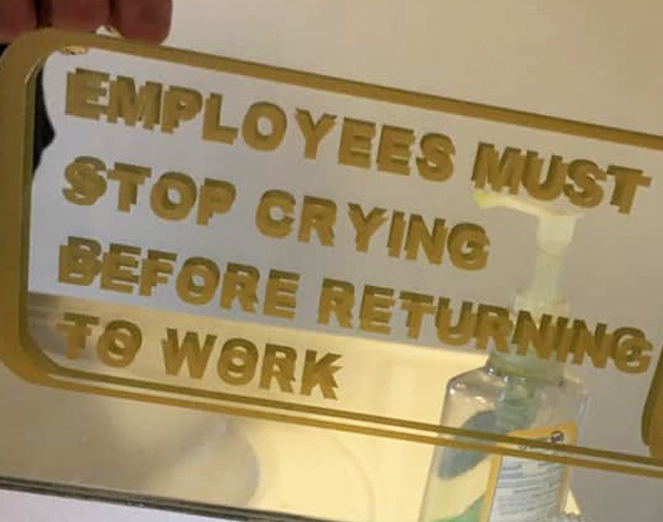

At the same time though, he sees where people have routinely fucked up. He sees exactly what critical incompatibilities get missed until it leads to a divorce.
I’d say it’s more like an ER doctor teaching people how to use a chainsaw. They may not necissarily know what to do, but the sure as hell know what not to do.













I was a refrigeration tech in a place that made high end refrigeration equipment. Fun fact, when some refrigerants get too hot, they break down into hydrogen flouride which forms hydroflouric acid when it comes in contact with water, such as the water in your respriatory tract. Acids taste and smell sour. Being that I normally worked with brand new equipment, I had never dealt with burned refrigerant before. This resulted in me wondering why the hell the refrigerant in an RMA machine had a sour smell when purged the lines on my manifold. Like the dumbass I am I wound up smelling a fair bit of that refrigerant trying to identify why it smelled sour before it finally occured to me that I had been practically snorting hydrogen flouride. One hospital trip, a few chest xrays, and an ECG later I wound up being fine. The next day I came back to work to find that my smartass boss had put a bag of sour candy on my desk.